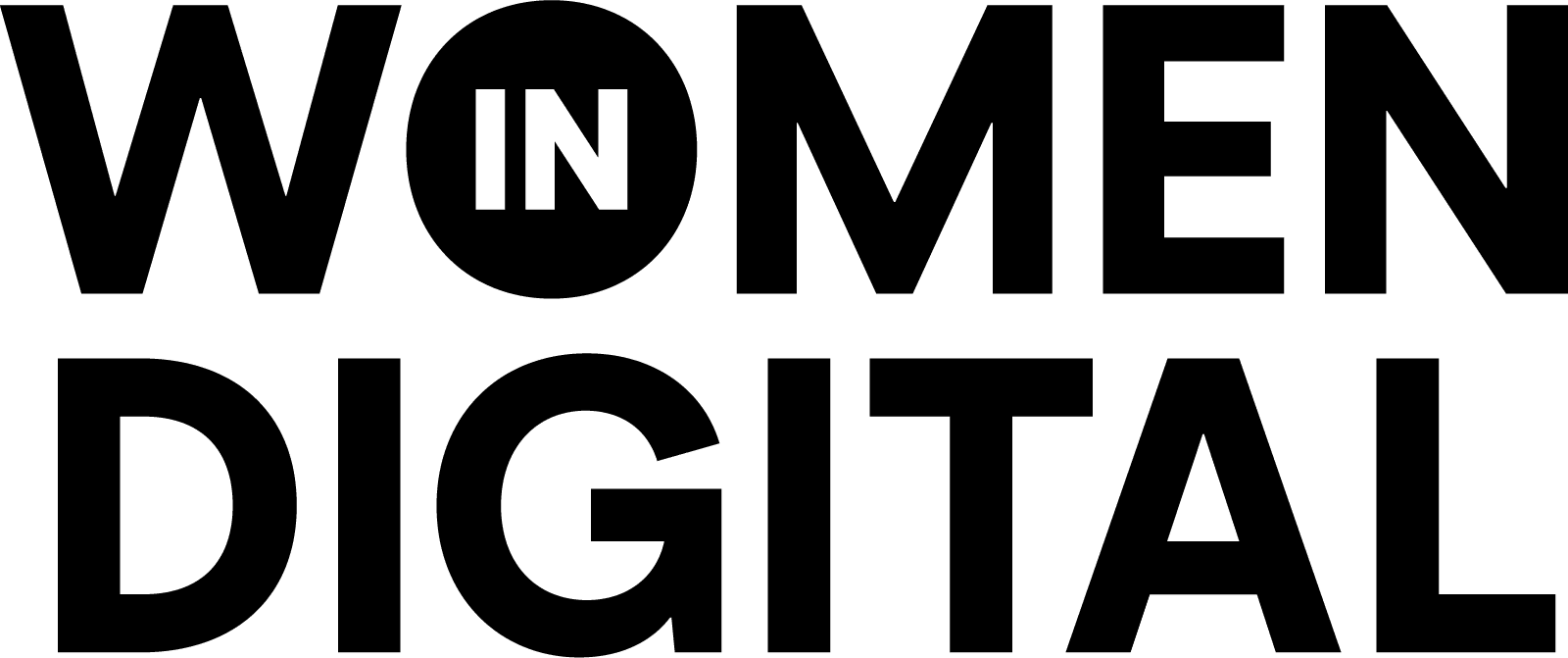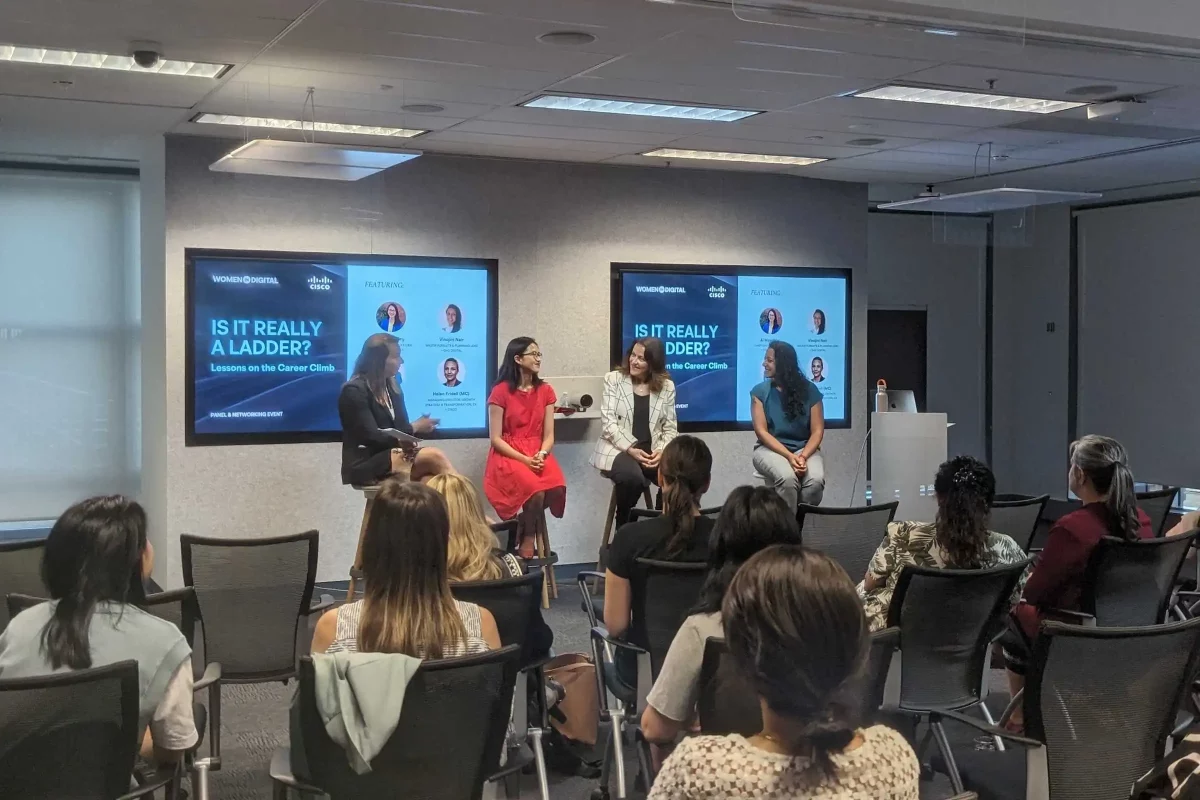Your profile on LinkedIn can be a powerful tool for promoting both your own personal brand as well as your company’s brand. But with only a limited amount of hours in the day, it more important than ever to be proactive in accessing this valuable networking resource, obtain resources and support and build
relationships with potential clients.
In March 2024, Women in Digital were joined by Sarah Morgan, Managing Director from Bespoken Agency, to delve deep into the world of ‘If I Google You, What Will I Find’. With an incredible understanding of all things Public Relations, Sarah showed attendees how important LinkedIn was to not only promote your personal brand, but also to train the algorithm to make sure LinkedIn works for you.
LinkedIn isn’t just for Salespeople
Everyone should be building their brand and developing strategic relationships on LinkedIn. And while your news feed may be filled with irrelevant posts written by Chat GPT, it is up to you to train the algorithm. Sarah often talks to people who are only using LinkedIn when they are looking at changing jobs, but is an advocate for using LinkedIn for many other purposes.
“LinkedIn has a fundamental part in career progression and career development. I will never shy away from that. But it is only one part in the cog in the wheel.”
Crafting a compelling profile
Your LinkedIn profile serves as your digital resume and professional portfolio. As discussed by Sarah at our April Professional Development Series, you should be ‘cleaning house’ and taking the time to craft a compelling profile that highlights your unique skills, experiences, and achievements. Start with a professional profile picture and a headline that succinctly communicates your expertise and aspirations. Use the summary section to showcase your personal brand and value proposition, and optimise your profile with relevant keywords to increase visibility.
Engaging with purposeful content
Engagement is key to maximising your presence on LinkedIn. Actively engage with content that aligns with your professional interests and goals. Like, comment, and share posts from other professionals in your network, and contribute meaningful insights to discussions. By demonstrating your expertise and thought leadership through engagement, you can expand your reach and attract like-minded professionals to your network.
Sarah suggests maximising the search bar to find content you are interested in. The search bar is at the top of any LinkedIn page you’re viewing, and it allows you to search for people, companies, posts, and more. Here are 4 search topics to get your started:
- Search connections of your connections.
- Search for job titles or organisations – for business development.
- Search hashtags.
- Follow and converse with people who shared or authored a post that is relevant to you – by doing so, you will be introduced to more of their connections and be exposed to relevant content.
Creating valuable content
“Don’t just consume content—create it.”
Share original articles, updates, and insights that showcase your expertise and provide value to your audience. Share success stories, lessons learned, and industry insights that resonate with other professionals. Utilise LinkedIn features such as articles and native videos to diversify your content and capture your audience’s attention.
Strategic networking
Networking is a cornerstone of success for professional, especially in the technology industry. Be strategic in your approach to connecting with others on LinkedIn. Personalise connection requests and focus on building meaningful relationships with professionals who share your interests and values. Join LinkedIn groups and communities relevant to your industry or areas of expertise to expand your network and engage with like-minded peers. Check out Sarah’s 6 Steps on ‘How To Use LinkedIn For Business Development’.
- Step 1: Optimise your page – Use translations if you serve a global audience, add keywords in your description as LinkedIn is
indexed by Google, add hashtags to follow (not in your page copy), add a branded cover image and lastly, add a custom button
(i.e., Visit website/contact us). - Step 2: Execute your LinkedIn marketing strategy – create a social media strategy and a content plan for LinkedIn i.e., what are
your goals for the page?, what will you use your page for?, are you going to advertise?, what are your competitors doing? - Step 3: Make a content plan – how often will you post? what topics will you cover?, how can you repurpose existing content to use
on LinkedIn? are you going to curate content from others? - Step 4: Turn on Creator Mode – If you’re constantly sharing updates, this is the feature for you.
- Step 5: Look at Sales Navigator
- Step 6: Follow your community
Continuous improvement
LinkedIn is not a static platform—it’s constantly evolving. Regularly review and update your profile to reflect your latest achievements, experiences, and skills. Monitor your performance metrics and analyse what content resonates best with your audience. Experiment with different posting times, content formats, and messaging strategies to optimise your results and continually refine your personal branding efforts.
And of course, the number one tip Sarah has when it comes to using LinkedIn for your personal brand…
“Start Now!”



